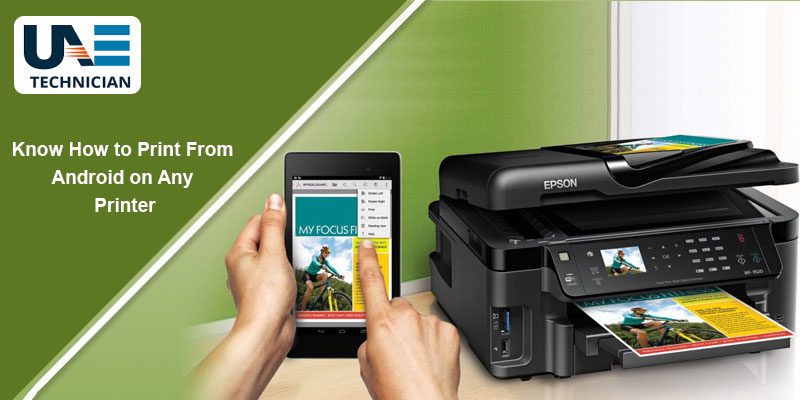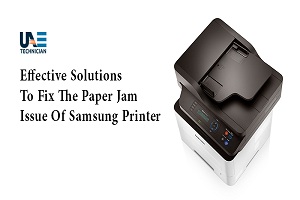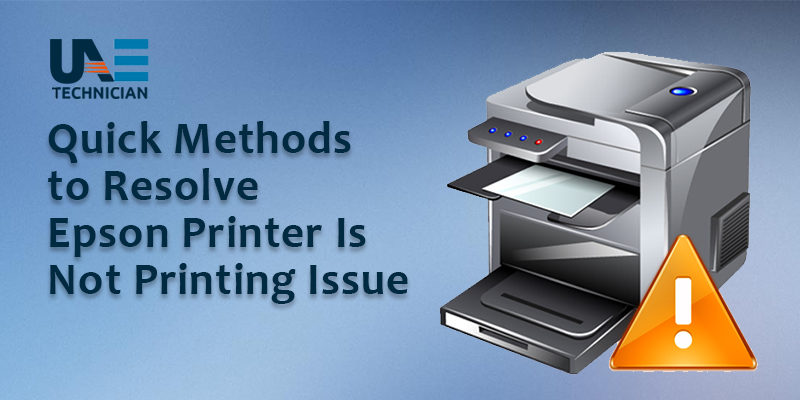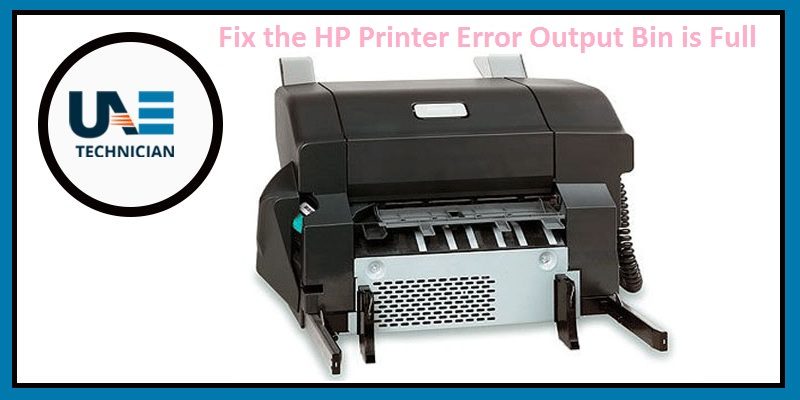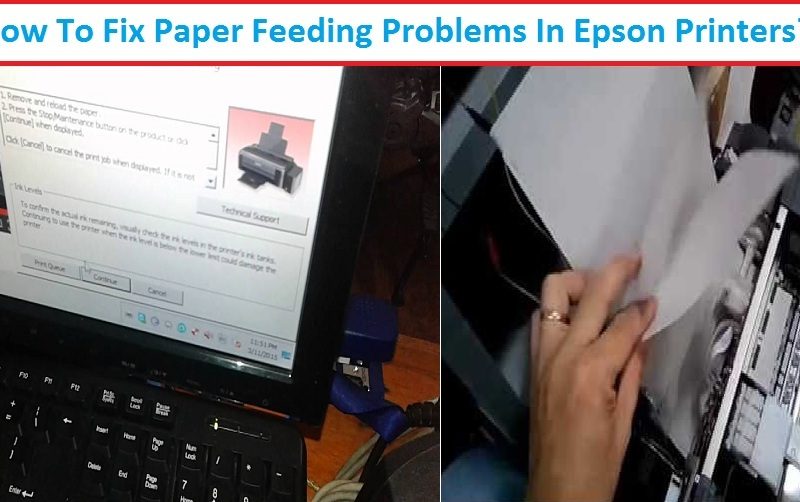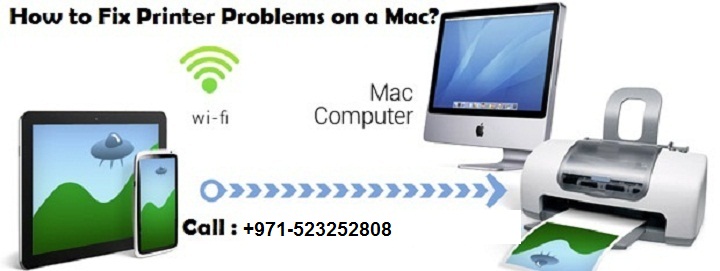What is Transfer Printing?
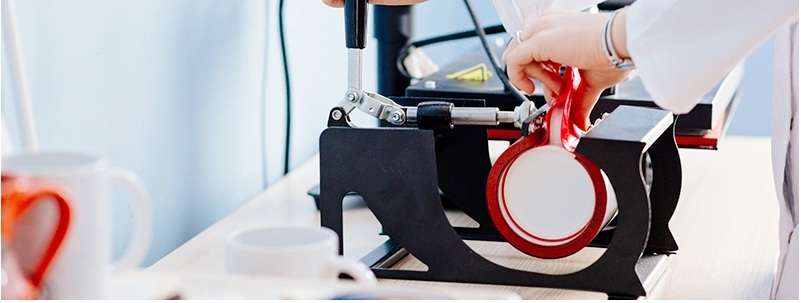
Today we talk about transfer printing, a technique that allows an image to be moved, as a logo or a writing could be like a photo, on a textile support such as clothing and envelopes. This is what this kind of procedure is about.
 What is transfer printing?
What is transfer printing?
Transfer printing is a type of procedure that simply involves transferring an image onto a support but be careful : in this case we do not talk about a procedure that must be carried out using the classic printer that transfers the ink on the mesh or on other items in fabric or materials on which this kind of procedure must be carried out.
This highlights how the procedure is carried out through the use of different technical tools which have a very specific objective, or rather to ensure that the transfer takes place correctly and above all in full.
How the transfer printing takes place
Printing of this type is carried out using a transfer, that is intermediate support in which the image itself is inserted, which must be transferred.
This part is placed on the fabric or element in which the image must be transferred and then a red hot plate is placed on the transfer: the new industrial processes allow to place the support on which the printing and transfer must be carried out directly on the hot plate, which once closed allows the image to be moved.
Related Post – Printing Services
The transfer, by means of the heat produced by the plate, releases the ink of the image and thanks to the locking system it is possible to prevent the ink from moving to the different areas of the shirt or support where the procedure must be performed.
The ink is then moved to the support and the processing times will vary depending on the amount of ink that has to be moved on the shirt or another element that must be subjected to this kind of processing.
Therefore it is easy to understand how the whole procedure allows avoiding inaccuracies and smudges since the hot plate will further block the transfer. As you can imagine is made with particular materials that resist heat and therefore do not melt during the working procedure, thus allowing a good final result.
The transfer, once the image is printed, is eliminated since its usefulness has ended.
The result of this print
Transfer printing allows you to achieve a series of advantages. It should not be underestimated, such as, for example, the opportunity to personalize a shirt or other tools. Thus offering the opportunity to have an original garment and at the same time of first quality since the shades do not undergo any alteration during the transfer phase.
Furthermore, it is also necessary to underline the fact that the transfer procedure also allows obtaining a long-lasting final result, especially if the innovative digital transfer printing method is used.
In this case, in fact, a team of Printer technicians will first take care of analyzing the image that must be transferred to a mesh or other types of instruments: any changes will be able to further improve the final result that will be obtained during this processing phase. Moreover, it is also good to talk about further detail, that is the transfer printing is also quite resistant to water and therefore the images that will be printed will not be damaged due to washing or to the water contract with the printed mesh.
Therefore transfer printing, like images, is still a very valid technique that is used in different contexts. Thanks to technological innovation it is possible to immediately notice the great steps forward made by the sector in question, which allows obtaining products whose quality far exceeds the results obtained in the past.
